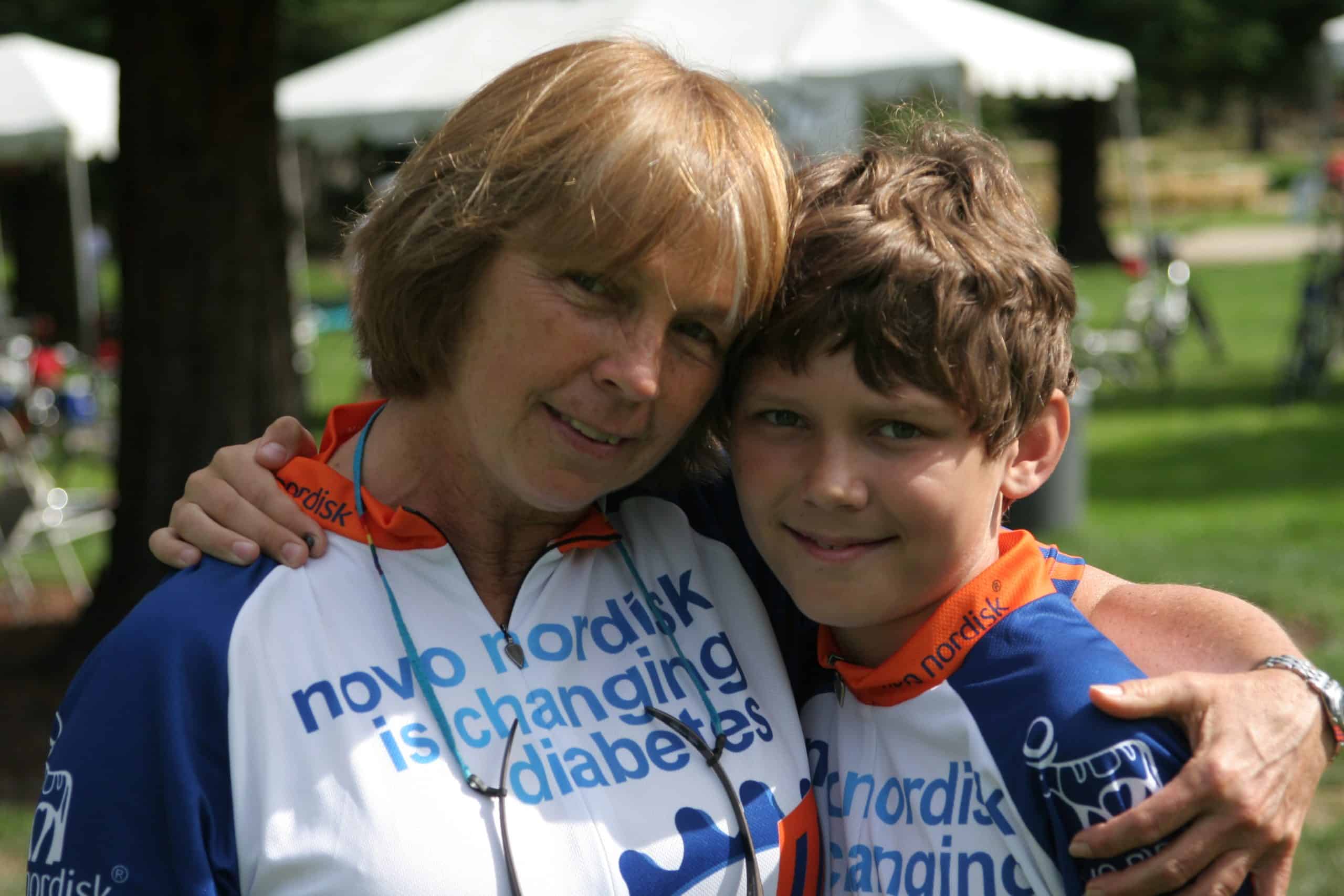The pair of them hiked, climbed and biked together. But on the fourth day of this long-awaited Yosemite trip, Adam’s stomach hurt. As it got worse, and he vomited, his father suspected appendicitis and took him to the Yosemite Park clinic. There, the doctor quickly advised going to the hospital in Modesto. Doctors at the hospital made a diagnosis of appendicitis.
In the pre-dawn hours, Adam had emergency surgery and his inflamed appendix was removed by a surgeon who had already been on duty for 20 hours. Despite also finding and removing two liters of blood-tinged fluid in Adam’s abdominal cavity, which should have rung alarm bells, the general surgeon never ordered follow-up lab work and failed to call in a pediatrician.
A cascade of human error and organizational paralysis killed the Glovers’ only child. Nurses who called the surgeon got little response as Adam faded away after awakening from the anesthetic. When the surgeon did come by, about twelve hours after the surgery, she did not see reason for alarm or action despite his elevated heart rate, lowered blood pressure and total lack of urinary output, indicating kidney failure. His pain was increasing, he suffered through continued vomiting, and had a tight, distended stomach. There was no pediatrician attending him, though a pediatrician would have understood that fluid loss, to which children are far more sensitive, was killing him.
The last time the physician saw Adam, at 5:30 PM, she had been working for nearly thirty-six hours. She told Adam’s mother, Sarah, “Don’t worry, he’ll be fine,” and went home. Less than four hours later, Adam collapsed in full cardiac arrest after walking down the hall with his mother.

The root cause of his demise was hypovolemia—the lack of sufficient fluid volume for the heart to keep pumping. His internal fluid loss and vomiting had overwhelmed the very slow, routine IV drip installed after surgery. His official death came after eight hours on full life support.
As an additional outrage, the Stanislaus county coroner declared the cause of Adam’s death as “aspiration pneumonia” caused when he collapsed and inhaled vomit. His parents received conflicting information regarding what really happened during the “code blue” which was lengthy and calamitous. No attempt was made to discover the root cause of Adam’s death.
After blurred months of grief and questioning, his parents decided to sue the surgeon, hoping that a lawsuit would get her and the hospital’s attention. Numerous surgeons and specialists described Adam’s treatment as clear malpractice. They wanted new rules that would ensure pediatric follow-up for ill children, and rules that would empower nurses to call out a doctor when they think errors are harming patients.
That was when they slammed into California’s outdated medical malpractice law from 1975, which caps compensation when children like Adam are killed by medical negligence. The cap has never been adjusted for inflation since the law’s passage 45 years ago. Because of the cap, most lawyers cannot afford to take cases involving children because the costs of bringing a case outweigh any possible recovery.

Adam’s parents finally did find one very good lawyer willing to take the case, if only out of sympathy and outrage. But as they moved forward, the defense lawyers’ strategy was one of endless delay and obstruction. They knew that every delay cost Adam’s parents’ lawyer out-of-pocket.
The parents’ lawyer, struggling even to get depositions for more than a year, finally had to drop the case because of cost. Adam’s parents refused a very small settlement that would have required them to remain silent about Adam’s death, and would have allowed the surgeon to keep the case a secret from future patients. The hospital stonewalled their efforts to speak to the staff and urge stronger patient safety rules.
Sarah says she will never overcome her grief of Adam’s death, and no one—not the surgeon nor the hospital—will have to answer for it.
Sarah and the experts who examined Adam’s case strongly believe that negligence occurred and that simple procedural rule changes would have prevented his death. But because the lawsuit cap almost always relieves medical providers of accountability, nothing is changed. The next child, and the next, could die as a result.
Like many other families, Adam’s parents did not file a complaint with the Medical Board. Although the Board is charged with keeping patients safe, it is better known for taking years to investigate, and protecting doctors’ licenses over patients’ lives.
Sarah is fighting for reform so that healthcare providers are held accountable for their mistakes. No child should die a preventable death in the hospital.














































